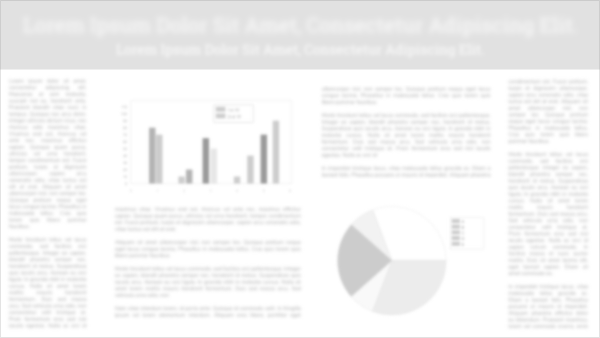Beyond the Script: Assessing PA and Pharmd Students’ Integration of Real-world Barriers into Heart-failure Care Plans During an Interprofessional Education Event
Background: Physician-assistant (PA) and Doctor of Pharmacy (PharmD) students create patient care plans but often overlook social determinants/drivers of health (SDOH) that impact the ability to implement them. Limited mobility, financial and housing insecurity, and low health literacy are particularly relevant in heart-failure management, as these can increase readmission rates and decrease quality of care. This study’s aim is to determine whether a structured PA–PharmD interprofessional education (IPE) event can improve students’ ability to recognize and incorporate SDOH into patient-centered care plans.
Methods: During a one-day IPE event, 85 PA students and 146 PharmD students were randomly assigned to 47 interprofessional teams to collaborate on a heart-failure exacerbation patient case. The case was run in 12 separate rooms. Each room had a PA and PharmD faculty member and four interprofessional teams, with 5-7 learners/team. Every team within each room had the same case but were provided a different social worker note highlighting one specific SDOH. Teams interviewed the patient, roleplayed by the PA faculty member; collected a history and medication list; created and submitted an assessment; identified drivers/determinants of health; and formulated a patient care plan. Both faculty facilitated a discussion on the impact of the four drivers which were mobility, financial insecurity, housing insecurity, and low health literacy. Teams subsequently revised and resubmitted their plans. Both iterations were evaluated with a three-point rubric (3=meets expectations, 2=developing, 1=does not meet expectations) that measured accurate driver/determinant identification and integration into care plans.
Results: Of the 47 groups, 63.8% were able to correctly identify the specific SDOH prior to the discussion. Only 12.8% of groups incorporated the driver from the social work note into the original care plan. After discussion, 45 teams (95.7%) updated their care plans. Seventeen teams (36.2%) successfully integrated the appropriate driver, 6 teams (12.8%) incorporated a driver not identified in their social work note, and 24 (51%) teams did not incorporate a driver into the updated plans.
Conclusion: Students in both programs are able to recognize SDOH, but they struggle to incorporate them into care plans. Following a facilitated discussion, 95.7% of students chose to update their care plans, however 51% of students still did not include SDOH and primarily focused on pharmacologic management. While this IPE event helped to increase the inclusion of SDOH into care plans, PA and PharmD students require additional training to develop comprehensive patient-centered care plans.






